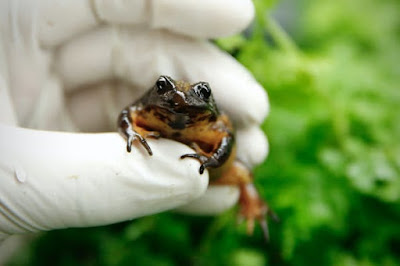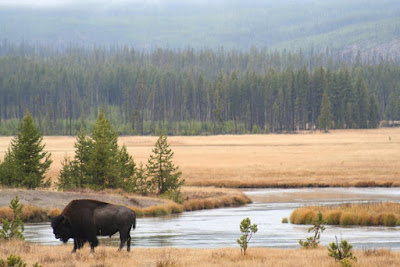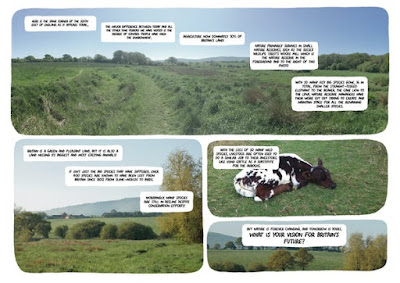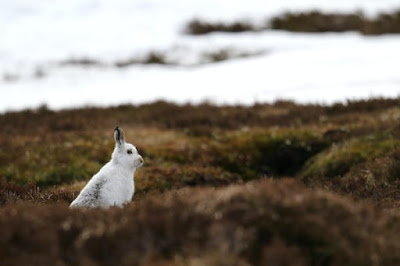New mangrove mapping tool

Mangroves are salt-tolerant plants found in intertidal locations throughout a lot of the world's exotic and subtropical coastlines. Mangrove ecosystems are highly variable, varying from sporadic, stunted bushes to thick stands of thick-stemmed high trees. These ecosystems provide environment for an extremely varied range of species consisting of fish (from snapper to shark), invertebrates (such as shrimp and crab), reptiles (from serpents to crocodiles), birds (from kingfishers to hawks), primates (such as macaques and lemurs) and also Bengal tigers. Mangroves also provide essential products and solutions to millions residing in seaside neighborhoods — they prevent coastline disintegration, provide protection from tornados, provide food, food preparation and building products, and include places of social and spiritual importance. They are also extremely carbon thick keeping as a lot or more carbon compared to their terrestrial woodland peers — most of this carbon is kept in extre





